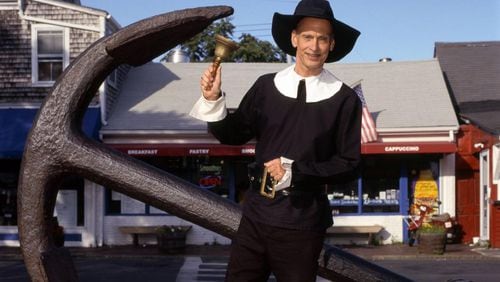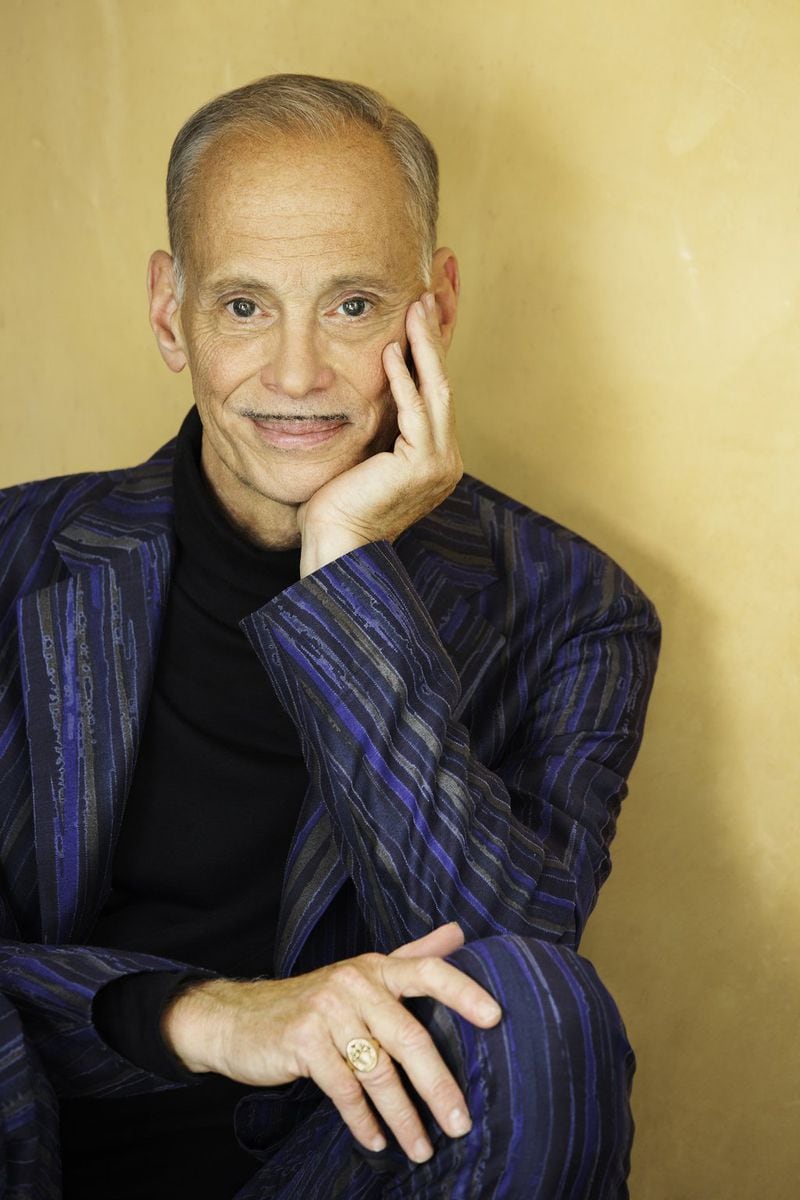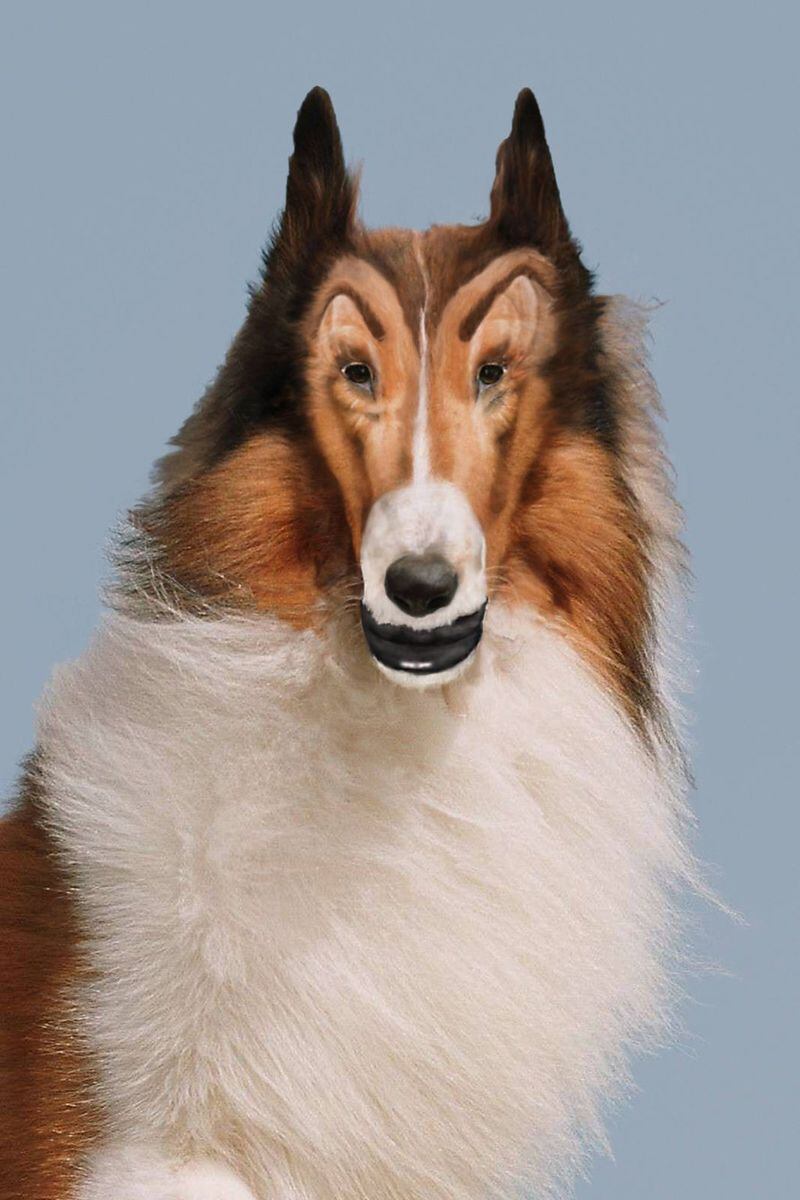He’s made some of the most shocking underground movies in American film history, micro-budgeted thumbed noses to straight, boring, respectable society. Variety called his 1972 lowbrow opus “Pink Flamingos,” in which fires are set, chickens are murdered and unspeakable things are eaten, “one of the most vile, stupid and repulsive films ever made.”
Often shot in brutal natural light and featuring a cast of hometown Baltimore misfits with weird teeth, retro outfits and a propensity for nudity and bad behavior, director John Waters’ films of the 1970s, including “Female Trouble,” “Desperate Living” and “Multiple Maniacs,” established him as an auteur of the outré. No less an authority on excess than novelist William S. Burroughs called Waters “the Pope of Trash.”
Waters will detail how that yen for shock and awe extends to his work in the visual arts when he appears Oct. 20 at the Woodruff Art Center's Rich Theatre as the Marquee speaker for Atlanta Celebrates Photography. Waters' talk, titled "Low Definition," will cover the fertile ground of Waters' other career as a visual artist who often takes film culture and the art world as fodder for his artwork.
A man of far-ranging interests, in addition to his filmmaking and work as a visual artist, Waters is a ravenous consumer of pop culture who subscribes to a hundred magazines and boasts a library of over 8,000 books. He does spoken word, once hitchhiked across the country so he could write a book, “Carsick,” about it and is currently wrapping up his eighth book, “Mr. Know-It-All,” about, Waters laughs, “how to avoid respectability at 70.”
At 71, Waters still relishes the role of provocateur. And despite being embraced by blue-chip art galleries and a more highbrow set of consumers, Waters admits to a love-hate relationship with the art world. “I see the elite and it’s hilarious to me, it’s like a fancy biker gang.”
Though attuned to the pretensions of the art world, he’s quick to add, “I make fun of things I love. That’s why I think I’ve had a long career, even if you hate me. Because I’m not mean.”
A collector of work by Diane Arbus, the Swiss conceptual art duo Fischli/Weiss and another American iconoclast Mike Kelley, Waters has great admiration for artists like Richard Prince who comment upon the value system of the art world and question our definition of art.
That cheeky approach to art world sacrament can be seen in Waters’ “Cancel Ansel,” in which Waters lampooned that most revered of old-school photographers Ansel Adams and his gloriously canonical black-and-white landscapes of the American West. In Waters’ re-appropriated images of Adams’ landscapes, tacky high-rises stand beside majestic buttes, and a cruise ship spoils the stunning landscape with its bloated, obnoxious presence.
For Waters, works like "Cancel Ansel" pillory the pretenses of an art world where taste is elastic and perpetually redefined. In art photography's infancy, Adams was king, but now, astringent critics of consumer values and contemporary life like German photographers Andreas Gursky and Thomas Struth rule the roost.
Speaking from his second home in Provincetown, Mass., Waters says of his “Cancel Ansel” series, “I don’t dislike those pictures. I don’t love them either. But those are the pictures that got people to accept photography as fine art. We’ve gone so far from that now that I thought the only thing would be to, in a way, mock what made photography art in the first place. Because art’s job is to wreck what came first.”
Waters has been what he calls “an art hag” since way back. As a kid growing up in Baltimore, he found inspiration in the shock of the new of Marcel Duchamp’s modernist painting “Nude Descending a Staircase” (he confounded his father by imitating the painting every day he walked down the steps of their home). He christened his bedroom with a poster of Joan Miro’s work he found at the Baltimore Museum of Art gift shop that drove his friends to paroxysms of disgust. “All the other kids said, ‘That is disgusting, I hate that’” about his newly kindled art-love. “And I thought, ‘Oh my god, look at the power of that!’”
Though his interest in art was thus formed early on, Waters’ grown-up art career was born out of pragmatism and a necessary solution to a problem.
“I started out because I needed a still from one of my movies that I didn’t have a still of and I thought, ‘I wonder what would happen if I just took it off the film screen.’” Many of Waters’ subsequent artworks have been screen grabs from classic Hollywood and exploitation films that reduce film to nothing more than a series of rich, complex individual stories contained in still images.
“I always have said what people remember from movies is not the movie, they remember the still. Think of ‘From Here to Eternity,’ the famous still from that. That’s what you remember. I don’t remember what the film was about.”
Waters' artwork often comments upon celebrity and the sausage-making behind Hollywood's dream factory, which has lately become a funhouse of cosmetic surgery, outsize egos and scandal typified by the recent Harvey Weinstein sexual harassment revelations.
For his series called “Beverly Hills John,” Waters included himself in a parody of plastic surgery excess. Stretching his own face into a Joker-esque rictus of filler-inflated lips and high-cheek-boned eternal youth, for that 2015 show at New York’s Marianne Boesky gallery, Waters even put Lassie under the knife to offer that most famous of Hollywood dogs the dramatic visage of a nipped and tucked society lady.
“I’m always asking the question, art can be witty, but can it be funny? And that’s what I’m exploring,” Waters says of his artwork.
At heart though, Waters says, he’s a storyteller. “I need to tell stories, I write books, I do spoken word shows and the art career is the same; I tell a little story.”
EVENT PREVIEW
“John Waters: Low Definition”
7 p.m. Oct. 20. Woodruff Art Center's Rich Theatre, 1280 Peachtree St. N.E., Atlanta. $15-$250. www.acpinfo.org/tickets.
IN OTHER NEWS:








